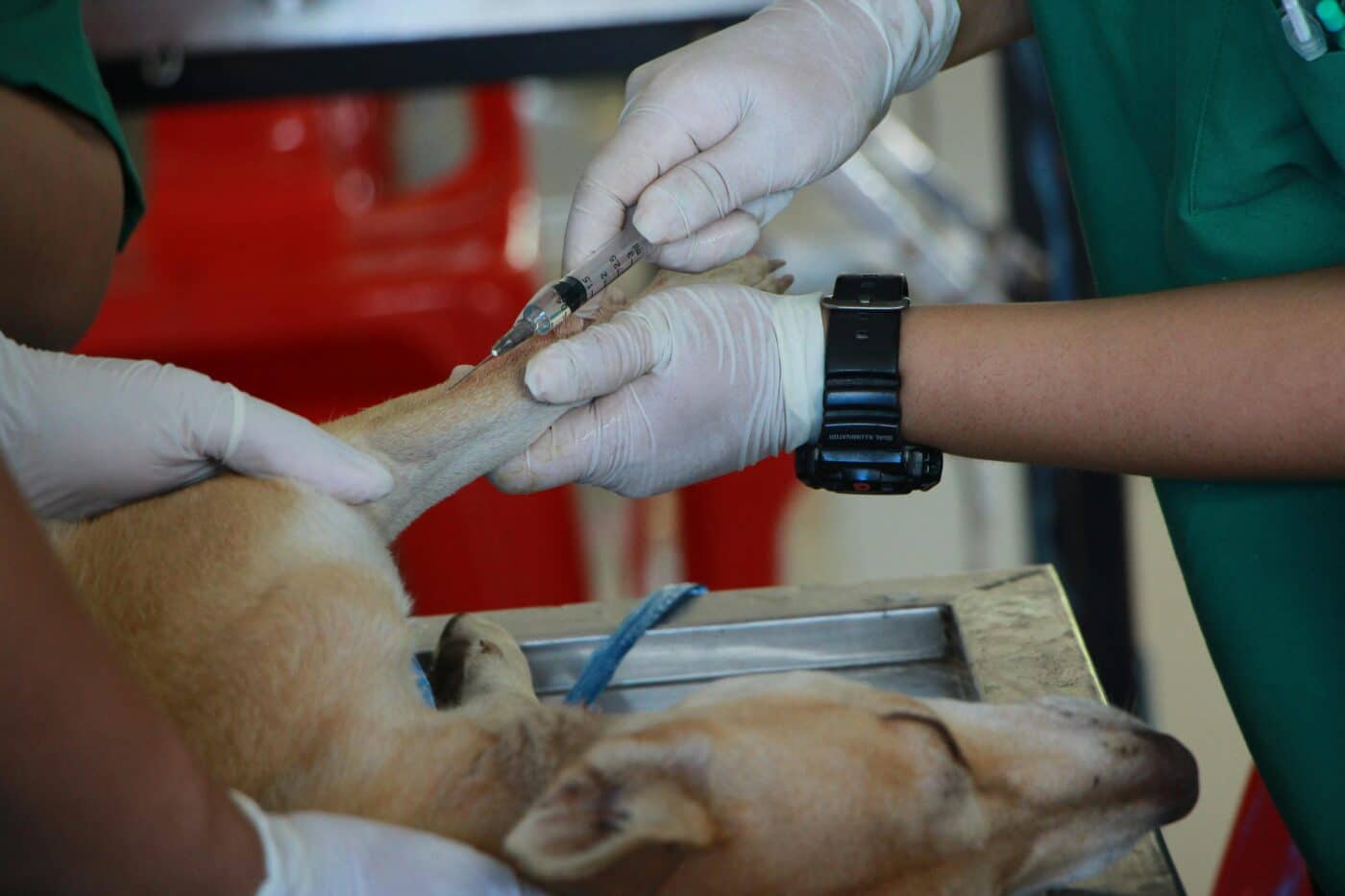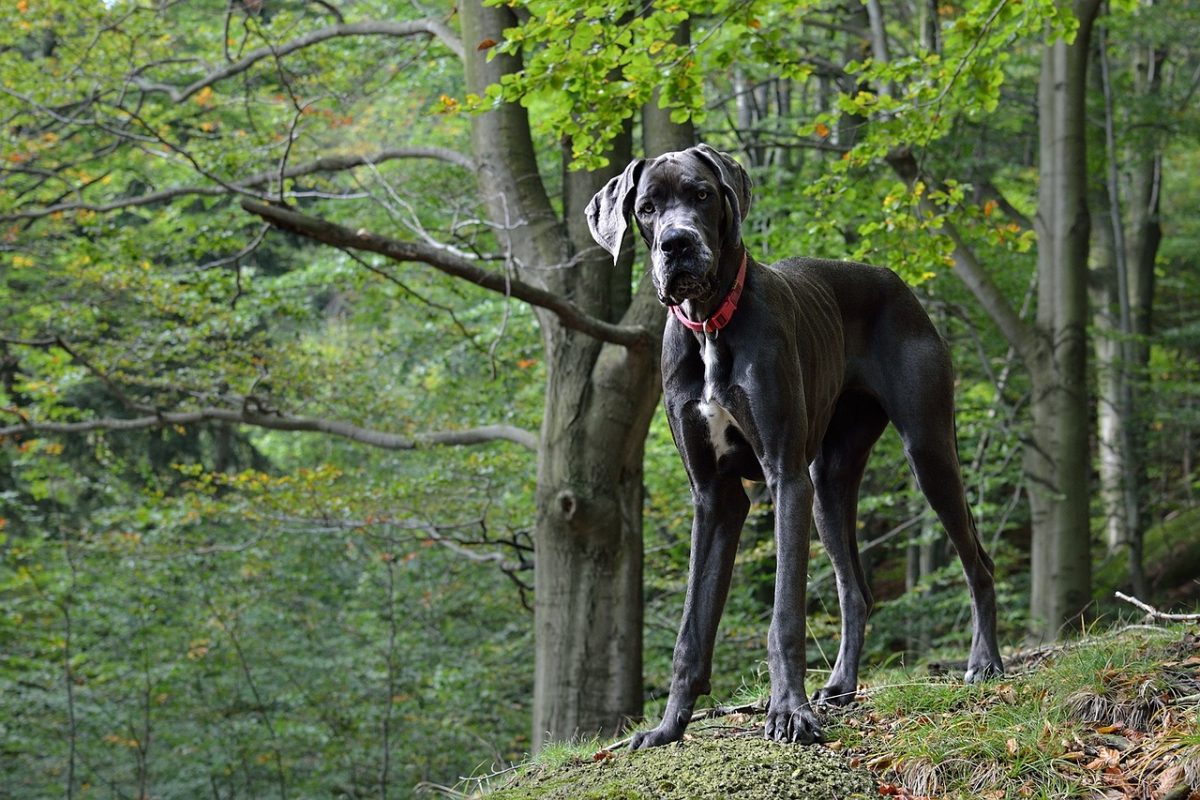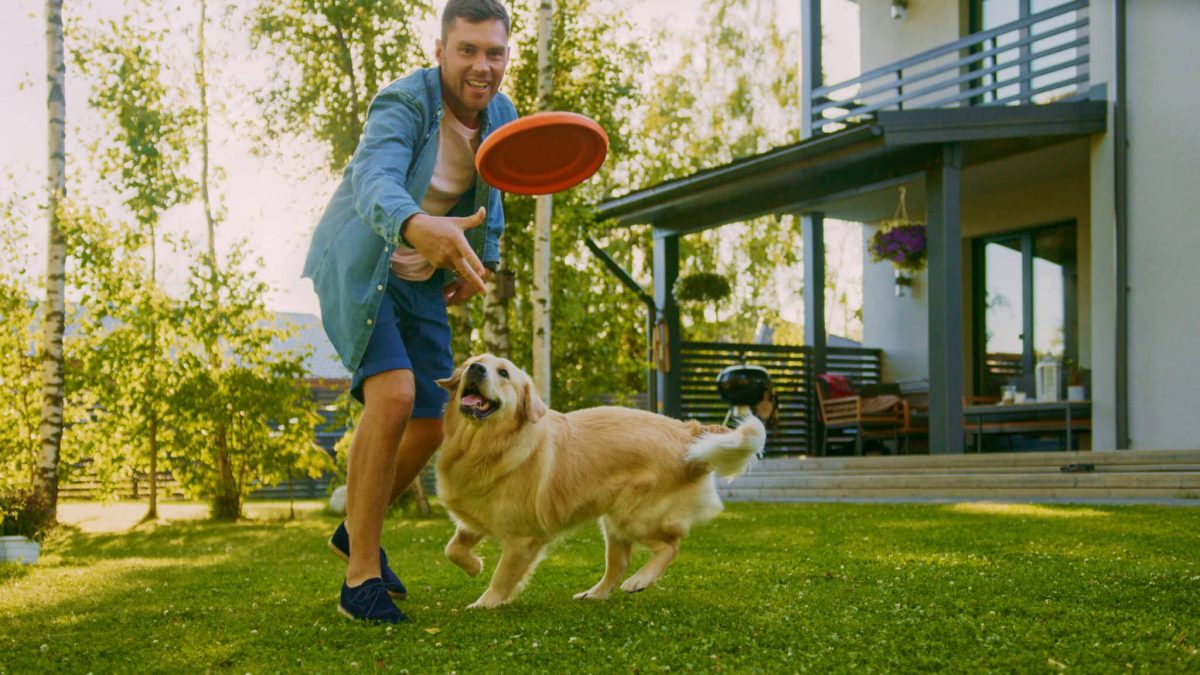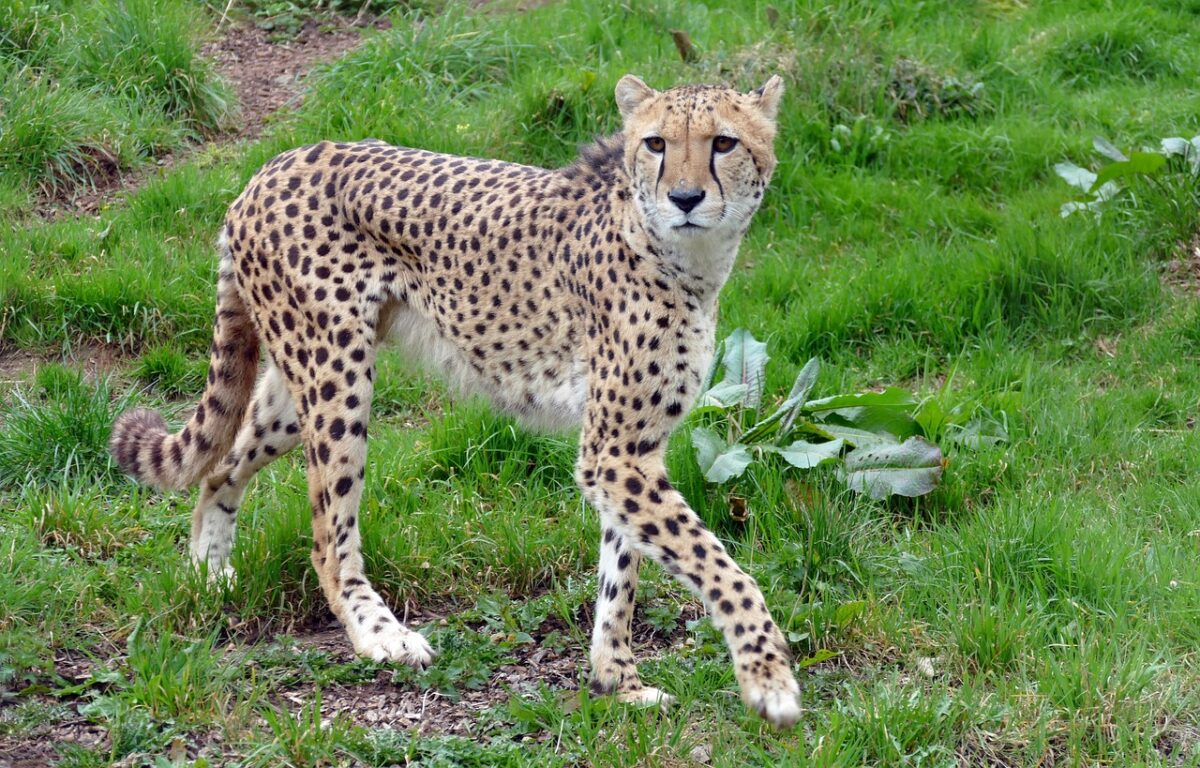 Shutterstock
Shutterstock
For thousands of years, dogs have evolved alongside humans, adapting to our changing lifestyles, environments, and needs. However, recent research has revealed that dogs might be entering a new evolutionary phase, one that could further transform their behavior, intelligence, and even physical characteristics. This discovery has intrigued scientists and dog enthusiasts alike, as it suggests that our modern canine companions are still adapting in response to the dynamic world around them. With advances in genetics and behavioral studies, scientists are now uncovering surprising insights into this next chapter of canine evolution.
The Impact of Urbanization on Canine Evolution
 Shutterstock
Shutterstock
Urbanization is a major factor driving changes in dog behavior and physiology. As cities grow and rural areas shrink, more dogs are living in urban environments than ever before. This shift has led to changes in how dogs interact with humans, navigate new surroundings, and even communicate. Urban dogs have had to adapt to life surrounded by traffic, high population density, and limited green spaces. These conditions require a higher degree of adaptability and problem-solving skills, which may be shaping the cognitive abilities of city-dwelling dogs in new ways. Urbanization is pushing dogs to become more in tune with their human counterparts and develop skills that are less necessary in rural settings.
The Rise of Canine Intelligence and Problem-Solving Skills
 Shutterstock
Shutterstock
Recent studies have shown that modern dogs are displaying increased problem-solving abilities compared to their ancestors. This shift is believed to be partly due to the close bond many dogs share with their human families, which has led to a greater focus on understanding human cues and solving challenges presented in domestic environments. From figuring out complex puzzle toys to using buttons to communicate basic needs, dogs are showing new levels of cognitive flexibility. This growth in intelligence may represent an adaptive response, as dogs that can better understand their human families tend to thrive in modern homes. Scientists believe that this trend is a key indicator of the ongoing evolution of dogs.
Genetic Adaptations to Diet Changes
 Shutterstock
Shutterstock
As human diets have evolved, so too have the diets of our dogs. Historically, dogs scavenged alongside humans, adapting to a diet that included grains and plant-based foods. Today, the availability of commercial dog foods and changing human food trends, such as vegetarianism or gluten-free diets, have influenced the way dogs metabolize different nutrients. Recent research has identified genetic adaptations in dogs that allow them to better digest a variety of foods, including those high in starch. These changes suggest that dogs are continuing to evolve at the genetic level to match their dietary environment, making it easier for them to live alongside humans with varied diets.
Changes in Dog Communication Abilities
 Shutterstock
Shutterstock
As dogs have become more integrated into human households, their ability to communicate with us has reached new heights. Scientists have observed that modern dogs are using an expanded range of vocalizations, facial expressions, and body language to communicate with humans. Some dogs have even been trained to use soundboards or buttons to convey specific words or phrases. This development is thought to be a direct result of selective breeding for traits that enhance the human-dog bond, such as attentiveness and empathy. The evolving communication skills of dogs point to a deeper connection with humans, one that could be a hallmark of their new evolutionary phase.
 Shutterstock
Shutterstock
The way dogs socialize with each other and with humans is also undergoing transformation. In the past, many dogs lived in packs or worked alongside other animals, but today, they are more likely to live as part of a human-centric social group. This shift has altered their social dynamics, with dogs becoming more accustomed to the behaviors and social cues of humans rather than those of their fellow canines. Some studies suggest that this change has led to a reduction in aggressive behaviors and an increase in behaviors that encourage cooperation and companionship with humans. This social evolution highlights how deeply dogs have integrated into human society.
The Role of Epigenetics in Dog Evolution
 Shutterstock
Shutterstock
Epigenetics, the study of changes in gene expression caused by factors other than changes in the DNA sequence itself, is offering new insights into how dogs are adapting to modern life. Environmental factors, such as diet, stress, and exercise, can influence which genes are turned on or off in dogs, potentially leading to adaptations that can be passed down to future generations. For example, dogs that experience high levels of social interaction or problem-solving tasks may develop traits that make them better at these activities, and these traits could be inherited by their offspring. Epigenetics is providing scientists with a new lens through which to view the subtle ways dogs continue to evolve alongside humans.
The Impact of Selective Breeding and New Breeds
 Shutterstock
Shutterstock
Selective breeding has played a significant role in shaping dog breeds over the centuries, but modern breeding practices are having an even more pronounced effect on the evolution of dogs. With a growing focus on creating breeds that are not only aesthetically pleasing but also have specific temperaments and health traits, humans are influencing the future of canine evolution in unprecedented ways. Designer breeds, like Labradoodles or Pomskies, are a testament to this trend. These new breeds are often bred for specific characteristics, such as hypoallergenic coats or a friendly, sociable nature, which could lead to further changes in the genetic makeup of domesticated dogs.
The Influence of Technology on Dog Evolution
 Shutterstock
Shutterstock
Advancements in technology are not just changing human lives—they’re also influencing how dogs interact with their environment. From interactive pet cameras to automatic feeders and even AI-powered training apps, dogs are increasingly exposed to technology that challenges them to adapt and learn. Some dogs have even learned to respond to virtual commands or engage with automated toys that stimulate their minds. These technological interactions may be contributing to the cognitive development of modern dogs, encouraging them to think in new ways and adapt to a world where technology plays a central role. This adaptation to tech is another sign of their ongoing evolution.
The Evolution of Emotional Sensitivity
 Shutterstock
Shutterstock
As dogs continue to live closely with humans, they seem to be developing a deeper understanding of human emotions. Studies have shown that dogs can differentiate between human facial expressions and respond to changes in our tone of voice. This ability to read human emotions and respond accordingly may have been amplified by thousands of years of living as our companions. Dogs that are more attuned to human emotions may be better suited to modern life, where their role as emotional support animals is increasingly valued. This emotional sensitivity is a fascinating aspect of their evolving nature, suggesting that the bond between humans and dogs is growing even closer.
Physical Changes in Response to Lifestyle Shifts
 Shutterstock
Shutterstock
Beyond behavioral and cognitive adaptations, dogs are also experiencing physical changes that reflect their evolving lifestyle. As more dogs become indoor pets and participate less in physically demanding tasks, their muscle mass, bone structure, and even body size may shift to reflect a more sedentary way of life. For example, smaller breeds have become more popular in urban settings due to their adaptability to apartment living. At the same time, breeds that were once used for hunting or herding are seeing changes in their physique as they adapt to a life of leisure. These physical changes are yet another indicator of the evolutionary shift happening in dogs.
Health Adaptations and Immunity
 Shutterstock
Shutterstock
The modern world brings new challenges, including exposure to different pathogens and health conditions. Dogs are evolving in response to these changes, with some breeds showing increased resilience to common canine illnesses. Additionally, the widespread use of vaccines and veterinary care has contributed to changes in the immune systems of domestic dogs. This evolution in health and immunity allows dogs to live longer and healthier lives, even as they adapt to environments that are vastly different from those of their ancestors. Understanding these health adaptations helps scientists predict how dogs will continue to evolve as they face new environmental pressures.
The New Face of Dog Evolution
 Shutterstock
Shutterstock
Dogs have evolved far beyond their days as wild wolves, adapting alongside humans in a modern world filled with smartphones, cityscapes, and even doggy selfies. Today, they’re learning to navigate a life where technology and urban living are the norms. So, the next time you catch your dog figuring out a gadget or eyeing that automatic feeder, remember—they’re keeping up with their evolution, one paw at a time. If they could shift from hunting in the wild to charming us for treats, who knows what they’ll master next?

 3 weeks ago
10
3 weeks ago
10


















 English (US) ·
English (US) ·